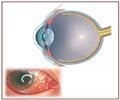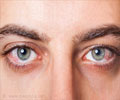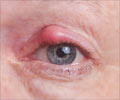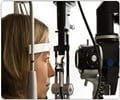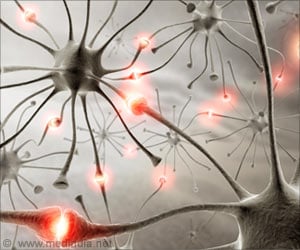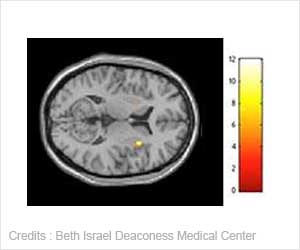Scientists are analyzing engineered adeno-associated virus (AAV), the benign virus, to compensate for the missing protein that causes vision problems.

‘Scientists are also interested in developing new treatments that could delay the onset, or slow the progression, of a range of eye diseases—from red-green color vision defects (the most common form of color deficiency) to blue cone monochromacy (a much rarer condition) and other forms of cone dystrophy.’





The National Eye Institute has awarded the five-year project $1.9 million. The project focuses on genetic mutations that affect specific photoreceptors in the eye, called L- and M-cones.
“When you lose your L and M-cones, basically you lose visual acuity; you lose your ability to read; you lose your color vision,” Deng said. “It severely, severely affects your daily function.”
Deng and her colleagues will use mouse models they have genetically modified to lose their L- and M-cones in a way that mimics the experience of humans who inherit this mutation.
Advertisement
They’ll take advantage of AAV’s “Trojan horse” ability to sneak into the nucleus of a photoreceptor and either replace its missing protein or rout a troublesome mutation while installing healthy DNA in its place.
Advertisement
Research reported in this publication was supported by the National Eye Institute of the National Institutes of Health under Award Number 7R01EY030056-03. The content is solely the responsibility of the authors and does not necessarily represent the official views of NIH.
Source-Eurekalert

